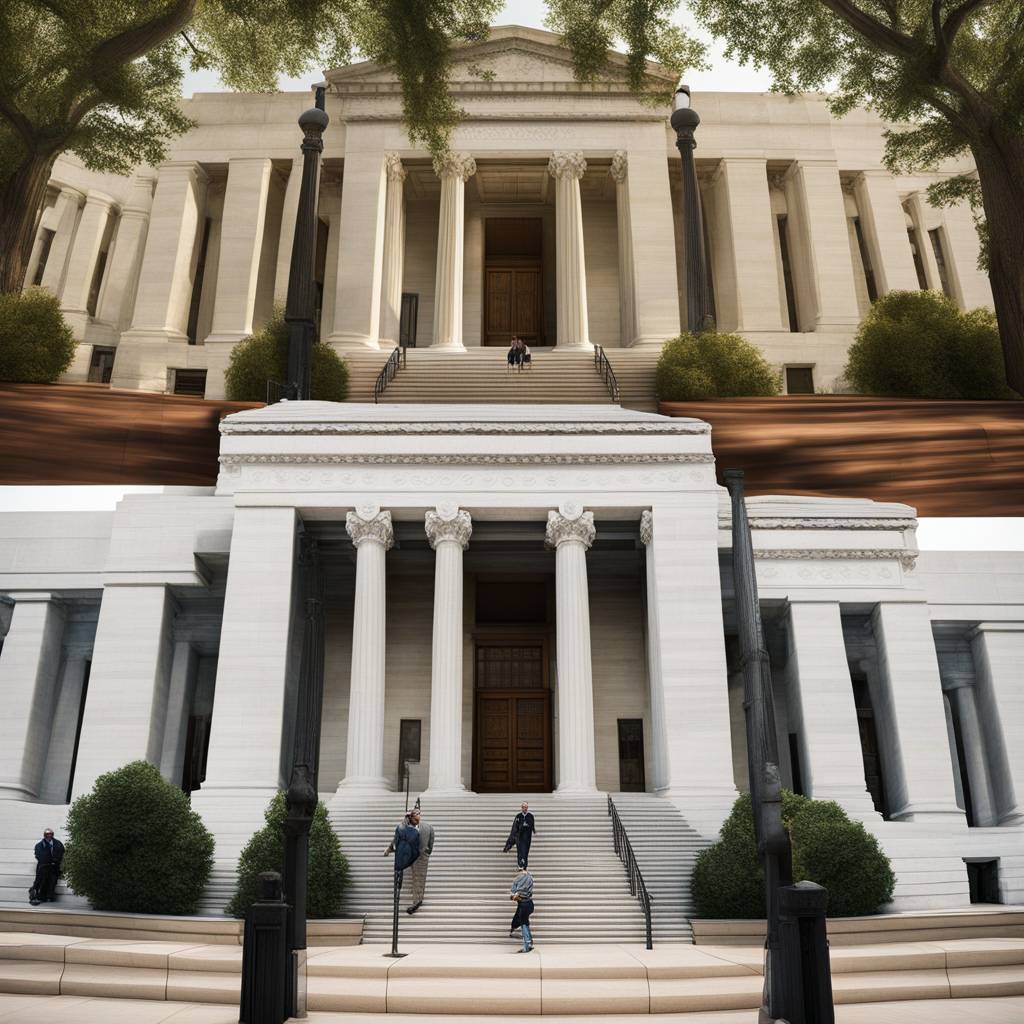The 5th US Circuit Court of Appeals, overseeing appeals from Texas, Louisiana, and Mississippi, has been involved in several hot-button cases that have made their way to the Supreme Court. Many of these disputes have taken place on the shadow docket, where emergency applications are decided quickly without full briefing and oral arguments. Both the appeals court and the Supreme Court lean heavily to the right, with appointees from former President Donald Trump furthering the conservative direction of both courts. However, the Supreme Court has repeatedly overturned rulings from the 5th Circuit more frequently than other federal appeals courts.
Recent disputes from the 5th Circuit have involved federal gun restrictions, immigration laws, and the Biden administration’s contacts with social media companies. In a recent case regarding a controversial Texas immigration law, the Supreme Court allowed the law to take effect but urged the 5th Circuit to conduct a fuller review. The justices have also shown skepticism towards challenges to FDA regulations on abortion pills and have issued emergency orders reversing the actions taken by the 5th Circuit.
The rise in controversial cases from the 5th Circuit can be attributed to Texas becoming a breeding ground for high-profile legal battles, often brought against the Biden administration by Texas Attorney General Ken Paxton and other conservative state attorneys general. Recent cases have focused on issues such as gun laws, immigration, abortion, and social media regulations. The increase in Trump-appointed judges on the 5th Circuit has also led to more cases being reviewed by the Supreme Court.
The 5th Circuit has become a focal point for Supreme Court review due to the aggressive views taken by some of its judges and the potential for cases to be taken up by the majority-conservative Supreme Court. Right-wing groups and plaintiffs have been accused of exploiting the system by picking sympathetic judges in Texas and eventually getting their cases before the Supreme Court. Recent guidance from the federal judiciary’s policy-making body has aimed to curb this practice, but changes are not mandatory.
The tension between the 5th Circuit’s bold rulings and the Supreme Court’s more deliberative approach is most evident on the shadow docket, where the justices have limited time to decide on pausing lower court rulings. Recent episodes, such as the lawsuit targeting the Biden administration’s efforts to curb online misinformation and regulations around ghost guns, have showcased the back and forth between the two courts. The Supreme Court has often reversed or paused actions taken by the 5th Circuit, highlighting the differences in approach and interpretation of the law between the two courts.


